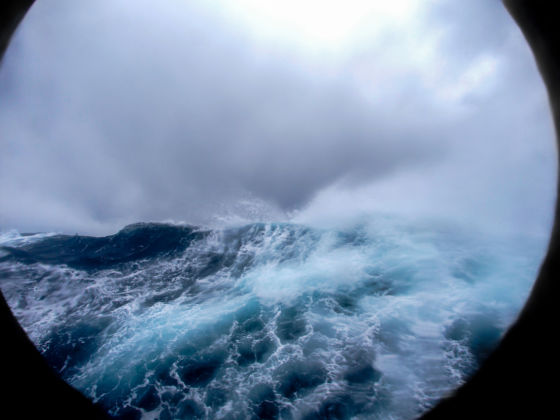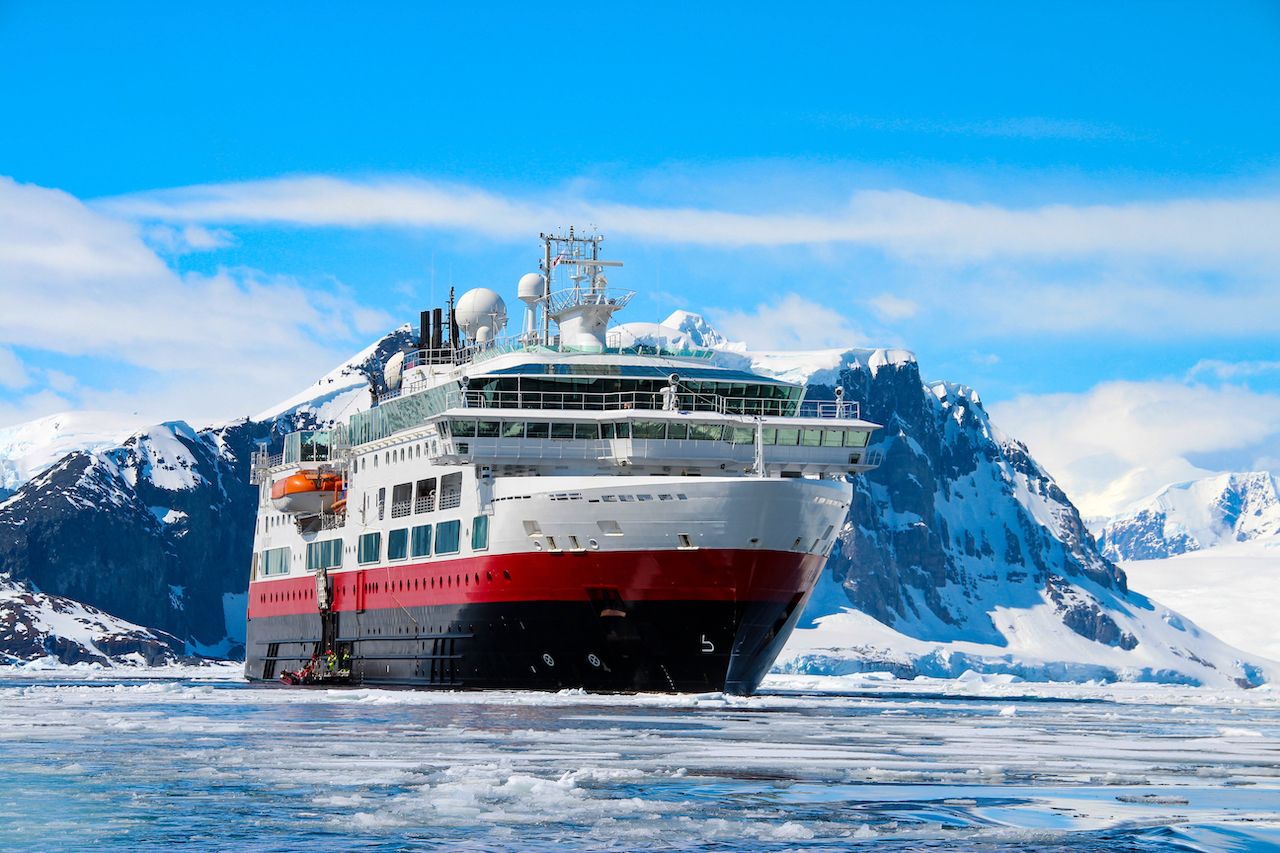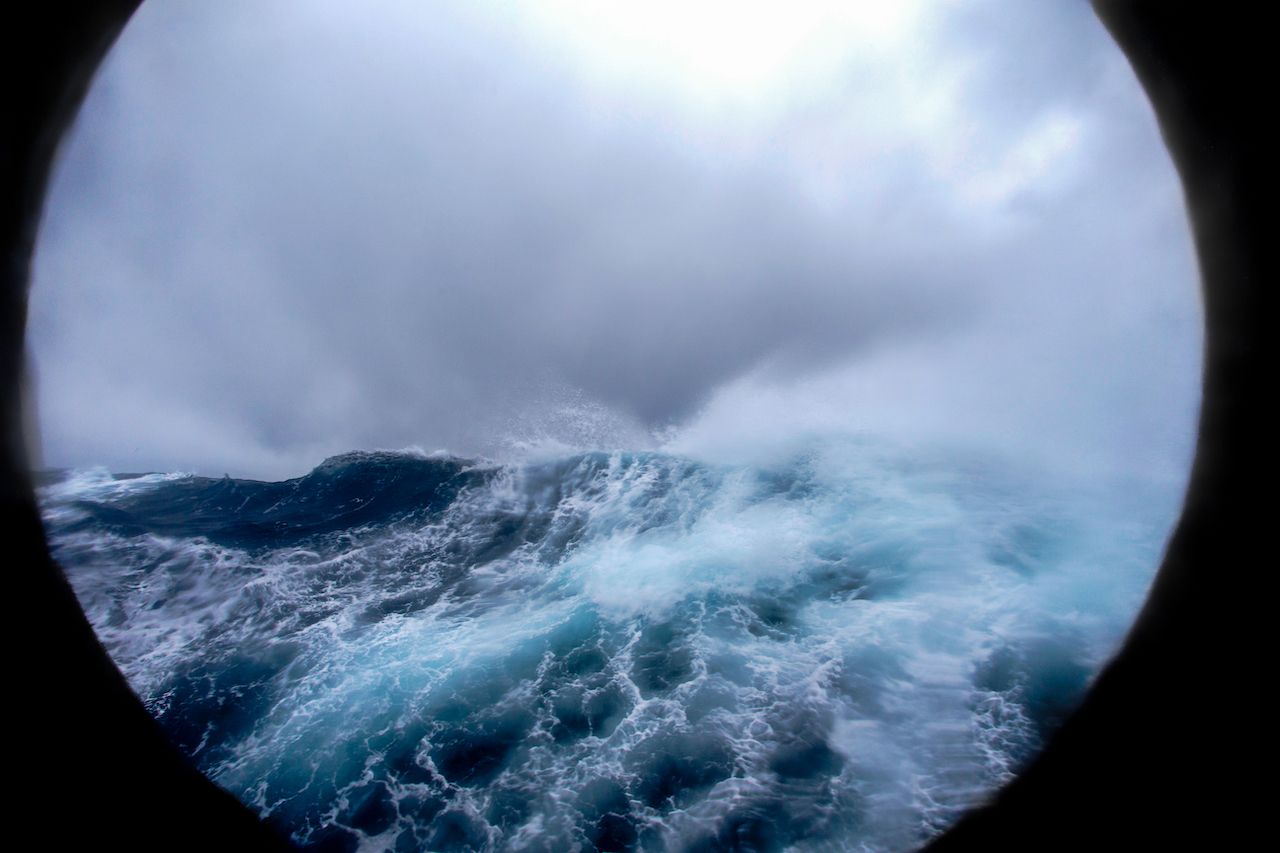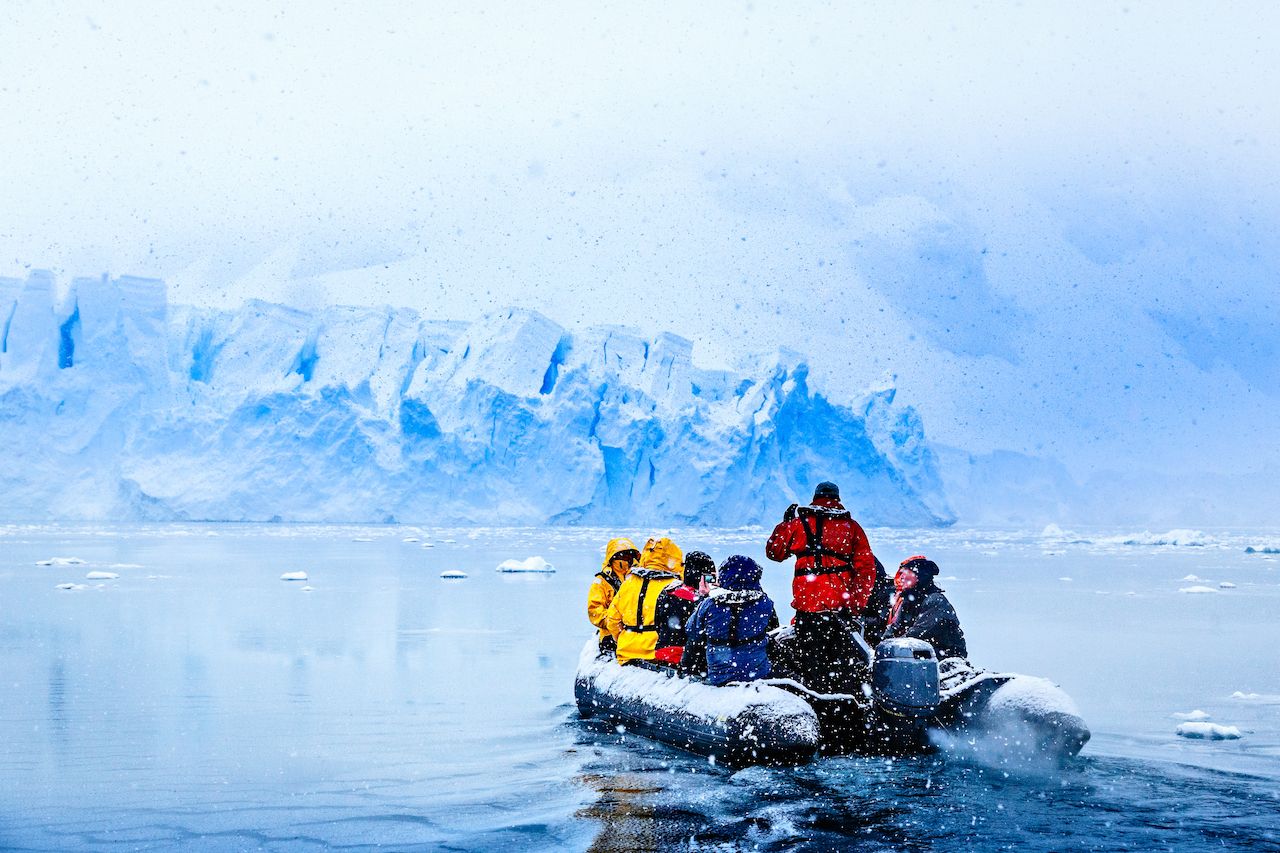Antarctica is one of those few remaining destinations where only very few tourists venture because of its inhospitality and remoteness. But if your dream is to see penguins in person, kayak around towering blue icebergs, and photograph uncharted mountains, know that even the most normal non-scientists among us can travel to the seventh continent. With a little bit of preparation, some funds, and an acceptance that you might not always be cozy, Antarctica is definitely feasible.


What It’s Really Like to Travel to the Most Inhospitable Place in the World
There’s no way around it: You need to book an organized trip.

Photo: evenfh/Shutterstock
Sorry, folks — this isn’t somewhere you can take your sailboat on a weekend getaway. If you want to travel to Antarctica, you’ll need to book an organized trip with an expedition or tourism company. In order for a company to run trips to the seventh continent, it is required to be a member of the International Association of Antarctic Tour Operators (IAATO). Luckily, there are several options.
Most travelers reach Antarctica via expedition ships. The companies that operate these ships offer a huge variety of activities from kayaking and ice climbing to photography workshops and even overnight camping. Every cruise is staffed with a masterful crew and a fleet of knowledgeable experts in biology, glaciology, photography, ecology, and more.
Where your cruise leaves from will depend on where on the continent you intend to visit. Most expeditions, which set their course on the Antarctic Peninsula, leave from the port city of Ushuaia, Argentina. This colorful South American town sits at the bottom tip of Tierra del Fuego and the mouth of the Beagle Channel. However, a few cruises, usually visiting the Ross Sea, depart from New Zealand or, sometimes, South Africa.
Due to the regulations set by IAATO, the majority of expedition companies take care to be eco-friendly. One company especially dedicated to sustainability is Quark Expeditions. All of Quark’s vessels use a clean-burning marine gas oil (MGO) with a low emission factor and strictly conform to all waste disposal protocols at sea. In addition, Quark’s ships only serve sustainable seafood on board. Other expedition companies with well-known eco-initiatives include Oceanwide Expeditions and Zegrahm Expeditions — both of which are founding members of IAATO.
Note that a trip with any of these companies will run a huge price range depending on your selected living accommodations and activities. For example, Quark Expeditions has a 14-day trip to the Antarctic Peninsula that costs anywhere from $10,000 (for a triple shared room) to nearly $35,000 (for a single balcony suite).
Fear the Drake Passage.

Photo: Bruno Lassus/Shutterstock
Travelers departing from Ushuaia dread crossing the Drake Passage, and for good reason. This stretch of ocean between Argentina and the Antarctic Peninsula is well-known to have the roughest seas in the world. Due to its unique geography, currents at this latitude are able to circumnavigate the globe without interference, leading to monstrous swells and powerful winds; 50-foot waves and 100-knot wind gusts are not rare. On occasion, you might get lucky and experience an unusually calm passage — known as the “Drake Lake” — but more than likely, your voyage will be a rocky one. If you’re worried about seasickness, make sure to visit your local pharmacy before departure. Expedition guides who frequently make this two-to-three-day trip will let you in on a secret: ginger tablets work just as well. If all else fails, the doctor onboard may have seasickness patches (tiny Band-Aid-like stickers placed behind the ear) for relief in extremely volatile seas.
This is no Caribbean cruise.

Photo: iurii/Shutterstock
On other cruises, the ship leaves port with a plan, and follows that course immaculately. However, the weather is so unpredictable in Antarctica that your ship will probably end up changing its course more than a few times throughout your voyage. Your ship may be en route for the Lemaire Channel, but end up sailing to Paradise Bay instead when the captain sees that there’s too much ice blocking the path (some have been trapped before). Antarctic expedition ships are ice-breakers, but of varying class, and therefore are limited by the thickness of the pack-ice. You may be scheduled to arrive at a location in the morning, but not arrive until the evening due to rough seas. There may be days when it’s too windy to go to shore at all. Or, perhaps one of the mates might spot a pod of orcas, and you spend the day following these amazing creatures.
This improvisational format may seem daunting — or even troubling — but an Antarctic cruise will teach you adaptability like no other. You’ll learn that the most amazing experiences are often the ones you can’t plan for.
The weather isn’t exactly Caribbean-like either.

Photo: Vadim Nefedoff/Shutterstock
Something you can plan for, however, is the cold. As a tourist, you will be visiting Antarctica during the austral summer. The tourist season runs from October through March, and each month offers a different experience with regards to what wildlife you will see and ice conditions. October and November mark the very beginning of springtime down south, and during this time, snow at landing sites is still pristine and largely untouched by tourists, and penguins can be observed mating and nesting. At that time, ice is at its thickest, and some areas may be restricted because of it. By February, newly hatched penguin chicks have arrived. This is also the best time to spot whales and larger seabirds. By the time March rolls around, most landing sites will be muddied from a long season of tourism; however, the ice will be the most melted during this month, allowing for vessels to sail further south.
During the austral summer, the sky will be bright for almost 24 hours a day, and temperatures are fairly warm. In January, the peak of austral summer and the warmest month, the temperature hovers around 1 to 2 degrees Celsius (33.8 to 35.6 degrees Fahrenheit). Although this may be less harsh than you expected, you’ll still need all your winter gear to keep warm. Conditions can change rapidly — snowstorms only take a minute to show up. Usually, buying your own parka won’t be necessary — most expedition companies will supply you with a brightly colored coat once you board. However, you will want to bring waterproof pants, lots of base layers, warm socks, scarves, and a hat. Insulated boots are often supplied on board, but not always — make sure to check with your company. Lastly, remember to pack some regular everyday clothes to wear while walking around the ship.
Due to the temperamental weather, you will partake in many safety briefings and drills in the first few days. This, of course, is all necessary in case of an emergency. Many of these safety briefings will also be in regards to wildlife protocol. The IAATO has set specific rules about how to interact with wildlife that must be followed to a T. For example, penguins always have the right of way when crossing “penguin highways,” which are paths made by penguins for walking from place to place. Whales may only be approached a certain distance in kayaks, and all nests must be avoided. Rules such as these are strictly enforced in an effort to protect this pristine place.
The rule of thumb for visiting Antarctica is simple: Expect the unexpected. Down on the seventh continent, conditions can shift in the blink of an eye, and plans are subject to change. However, you can prepare to be blown away by your experience, whatever it may end up containing. Any expedition guide will tell you — every trip to Antarctica is absolutely unique and filled with a special wonder of its own.